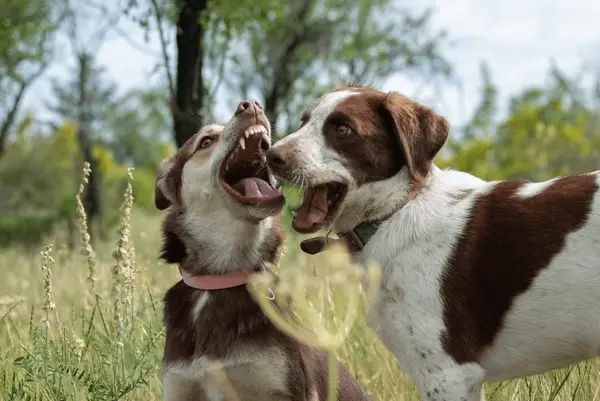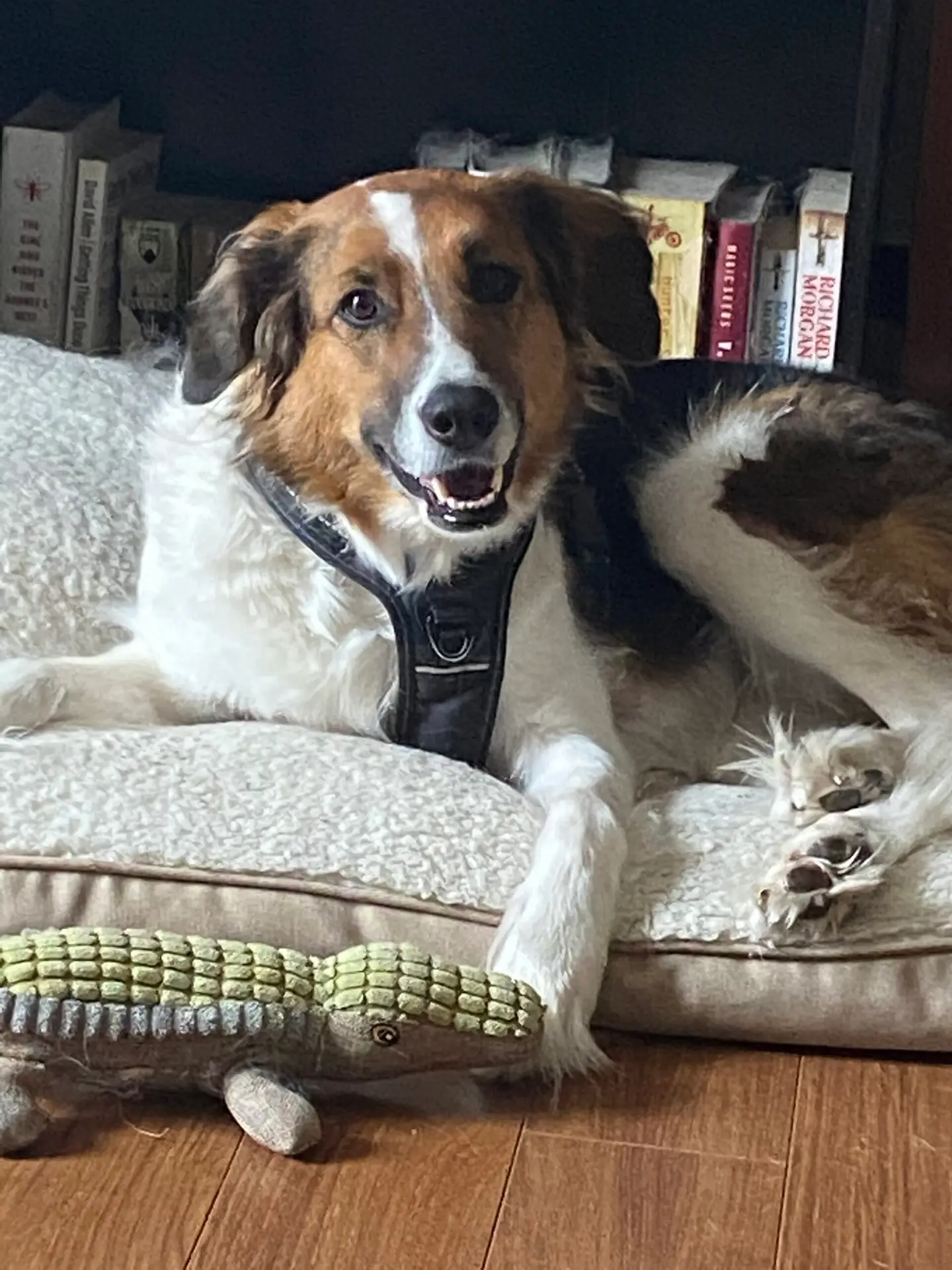Canine Parvovirus
Canine parvovirus, also known as canine parvovirus type 2 (CPV-2), is an extremely dangerous and potentially fatal virus that can affect a community of unvaccinated dogs faster than owners can react. Puppies, unvaccinated dogs, and certain breeds are at higher risk of contracting the virus than others. Affecting the nervous and gastrointestinal system, the most dangerous symptoms of parvo are diarrhea and vomiting, which can cause dangerous levels of dehydration extremely quickly. Other symptoms include high or low temperature, lethargy, bloating, and abdominal pain. If untreated, a dog’s condition can become fatal within 48-72 hours. Even with veterinary intervention, survival rates are low. With how intensive care is to support a parvo stricken dog, vet bills quickly skyrocket and can become unmanageable for most owners.
How contagious is it?
The canine parvovirus is extremely contagious, being transmitted through infected stool, urine and contaminated surfaces. This includes pet bowls, leashes, kennels, and even clothes and hands of people who touched infected dogs. It takes only trace amounts to transmit the disease, so isolation of a sick dog and thorough disinfection of surfaces are crucial to keeping other pets safe. Canine Parvovirus cannot spread to humans.
Vaccination is the solution
The best and most effective way of protecting your dog from parvovirus is for them to be vaccinated. Considered one of the ‘core’ vaccines in a dog’s life, the series of multiple shots can ensure your dog has lifelong protection against the virus. Puppies should receive their first dose within 6-8 weeks of age. Boosters are needed within 2-4 weeks of the first, and a third 2-4 weeks after that. Older puppies require two initial shots with 2-4 weeks between. Afterwards, booster shots are required the first year after the primary vaccine, and then every three years to ensure protection. There is no extra risk for older dogs to receive the vaccines later in life. Only fully vaccinated dogs are safe against parvo. The costs and time to make that happen certainly outweigh the high costs and immense stress of having an infected dog.
Here’s an easy to read summary – Need 2 Know: Parvovirus for Dog owners shared by the Ontario Animal Health Network.
It’s primarily spread by feces and urine.
Feline Parvovirus
Feline parvovirus, or more accurately titled feline panleukopenia (FPV) or feline distemper, has similar symptoms, transmission, and target areas as canine parvovirus. They are caused by different viruses and cannot be transmitted to each other.
Transmitted through stool, body fluids, and nasal secretions, it is very easy for cats to come into contact with contaminated surfaces. Litter boxes, bedding, bowls, toys, and people who have touched infected cats can spread the virus extremely fast. Pregnant cats, kittens, unvaccinated, older and sick cats are at the highest risk of contracting the disease. Most cats do not present symptoms, but those who do include fever, diarrhea, vomiting, dehydration, lethargy, and loss of appetite. Kittens are at the highest risk of suffering symptoms and potentially dying from the virus. Surviving kittens, including those who contracted the virus from their mother through the womb, may be affected by neurological or sensory issues in adulthood. Diagnosis, monitoring, and veterinary intervention for infected cats can result in high vet bills.
Vaccination is essential
Vaccination, especially for kittens, is essential for protection against the virus. Kittens can receive their first vaccine at 6 weeks old, with revaccination occurring every 3-4 weeks until they are 16 weeks old. Kittens older than 16 weeks should receive their first dose ASAP, and a second 3-4 weeks after. A booster should be administered at 6 months of age, and every three years after that to ensure full protection. Older cats can still receive vaccines without extra risk. Like canine parvovirus, timely vaccination is the best method to prevent the financial and emotional burden of FPV in your household.
Human Parvovirus
Human parvovirus, also known as Parvovirus B19, is a common childhood illness that is separate from the viruses discussed previously. These diseases are species specific and can only be transmitted to and from members of that species. A human cannot get parvo from a dog despite their causing viruses being distantly related.
For many people, parvo is not a serious occurrence, with many catching it and recovering from it in childhood without realizing they had it. About 50% of people in their twenties have traceable antibodies to the virus. That number rises to 70% for people in their forties. B19 is very contagious through droplet contact, and can run rampant through schools, daycare centers, camps, and households.
The Symptoms of B19 in Humans
For most people, the symptoms of B19 are akin to a mild flu, such as fever, headache, cough, sore throat, rashes, and joint pain. Within children, patchy rashes on the cheeks, often called slapped cheek, are present in most cases. Within adults, joint pain is the most common symptom.
While most people who contract B19 will experience mild symptoms and recover without complications. Those who are immunocompromised or pregnant can experience severe effects. Severe anemia can occur for those with weakened immune systems, which may need medical intervention. B19 can also greatly affect fetuses by increasing the chance of miscarriage or stillbirth, or fluid build up within the fetus (hydrops fetalis).
While there is no vaccine for B19, typical germ and virus prevention can significantly reduce your risk. Such measures include proper hand washing, avoiding touching your face, covering your mouth when you sneeze or cough, and avoiding sick individuals.





